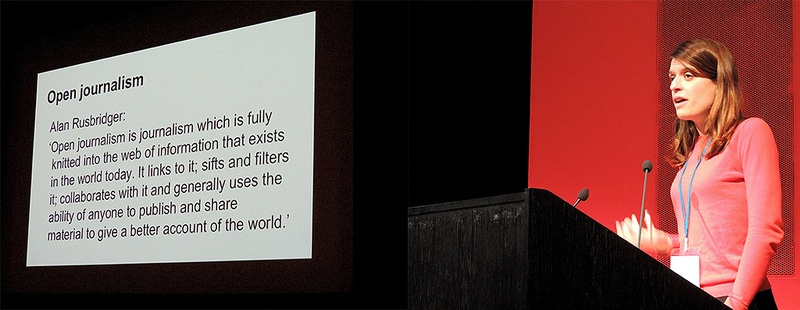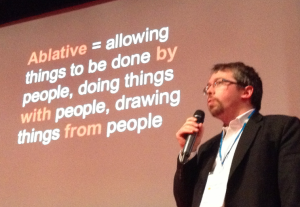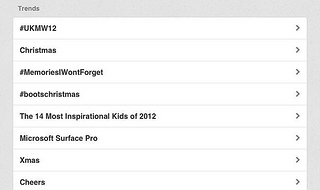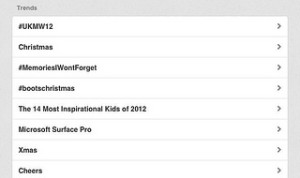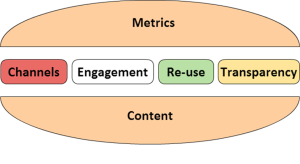Here are all the things I (probably) didn't say in my Chair's welcome for the Museums Computer Group annual conference… Other notes, images and tweets from the day are linked from 'UKMW14 round-up: posts, tweets, slides and images'.
Welcome to MCG's UKMW14: Museums beyond the web! We've got great speakers lined up, and we've built in lots of time to catch up and get to know your peers, so we hope you'll enjoy the day.
It's ten years since the MCG's Museums on the Web became an annual event, and it's 13 years since it was first run in 2001. It feels like a lot has changed since then, but, while the future is very definitely here, it's also definitely not evenly distributed across the museum sector. It's also an interesting moment for the conference, as 'the web' has broadened to include 'digital', which in turn spans giant distribution networks and tiny wearable devices. 'The web' has become a slightly out-dated shorthand term for 'audience-facing technologies'.
When looking back over the last ten years of programmes, I found myself thinking about planetary orbits. Small planets closest to the sun whizz around quickly, while the big gas giants move incredibly slowly. If technology start-ups are like Mercury, completing a year in just 88 Earth days, and our audiences are firmly on Earth time, museum time might be a bit closer to Mars, taking two Earth years for each Mars year, or sometimes even Jupiter, completing a circuit once every twelve years or so.
But museums aren't planets, so I can only push that metaphor so far. Different sections of a museum move at different speeds. While heroic front of house staff can observe changes in audience behaviours on a daily basis and social media platforms can be adopted overnight, websites might be redesigned every few years, but galleries are only updated every few decades (if you're lucky). For a long time it felt like museums were using digital platforms to broadcast at audiences without really addressing the challenges of dialogue or collaborating with external experts.
But at this point, it seems that, finally, working on digital platforms like the web has pushed museums to change how they work. On a personal level, the need for specific technical skills hasn't changed, but more content, education and design jobs work across platforms, are consciously 'multi-channel' and audience rather than platform-centred in their focus. Web teams seem to be settling into public engagement, education, marketing etc departments as the idea of a 'digital' department slowly becomes an oxymoron. Frameworks from software development are slowly permeating organisations that use to think in terms of print runs and physical gallery construction. Short rounds of agile development are replacing the 'build and abandon after launch' model, voices from a range of departments are replacing the disembodied expert voice, and catalogues are becoming publications that change over time.
While many of us here are comfortable with these webby methods, how will we manage the need to act as translators between digital and museums while understanding the impact of new technologies? And how can we help those who are struggling to keep up, particularly with the impact of the cuts?
Today is a chance to think about the technologies that will shape the museums of the future. What will audiences want from us? Where will they go looking for information and expertise, and how much of that information and expertise should be provided by museums? How can museums best provide access to their collections and knowledge over the next five, ten years?
We're grateful to our sponsors, particularly as their support helps keep ticket prices affordable. Firstly I'd like to thank our venue sponsors, the Natural History Museum. Secondly, I'd like to thank Faversham & Moss for their sponsorship of this conference. Go chat to them and find out more about their work!
